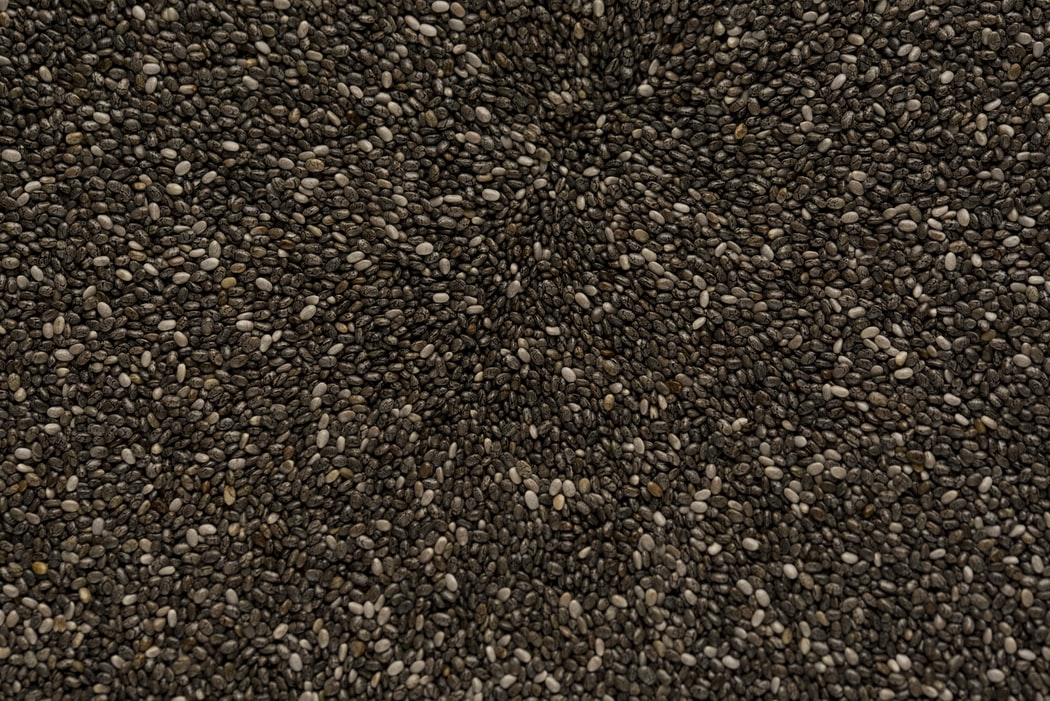
College life could be both stressful and demanding and from that, anxiety, depression and inactive lifestyles are actually common among students. Now with the pandemic of COVID-19 happening worldwide, a new study might have found that the mental-health issues could be escalated and turn for the worst.
Researchers at Dartmouth College determined that the coronavirus pandemic had an immediate impact on the mental health of this particular undergraduate group of 200 students, using a mix of smartphone data and online surveys.
The study involved students who were participating in a research program tracking mental health at the New Hampshire university with Spikes of depression and anxiety were reported at the beginning of the pandemic in early March, just as the school pushed students to leave campus and begin remote learning all by their selves.
The study found out that the students’ overall anxiety and depression levels remained consistently high than in previous years, even if their self-reported anxiety and depression lessened slightly later on in the semester.
Jeremy Huckins, a lecturer at Dartmouth stated that there is a large-scale shift in mental health and behaviour compared to the observed baseline established for the group over previous years.
In addition, the students reported around spring break period in mid-March that their day-to-day lives were dramatically more sedentary than pervious terms.
Huckins suspected that spring break 2020 was stressful and confining for the students in the study and it might be responsible for a large number of college students across the country even though it is usually a period of decreased stress and increased physical activity.
A smartphone app developed at Dartmouth was used by the researchers to calculate sedentary time. It collected information such as number of phone unlocks, phone usage duration and sleep duration from the student volunteers.
Through the app, data on depression and anxiety were also collected using weekly, self-reported questionnaires. The decrease in activity among these students may have been related to lockdown orders implemented at the time.
Huckins also said that when social distancing was recommended by local governments, students were more sedentary and visited fewer locations on any given day. “The impact of COVID-19 extends beyond the virus and its direct impacts. An unresolved question is if mental health and physical activity will continue to degrade over time, or if we will see a recovery, and how long that recovery will take”.
Share the post!













